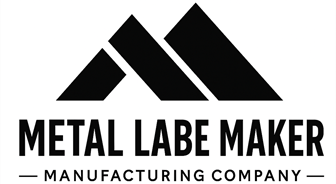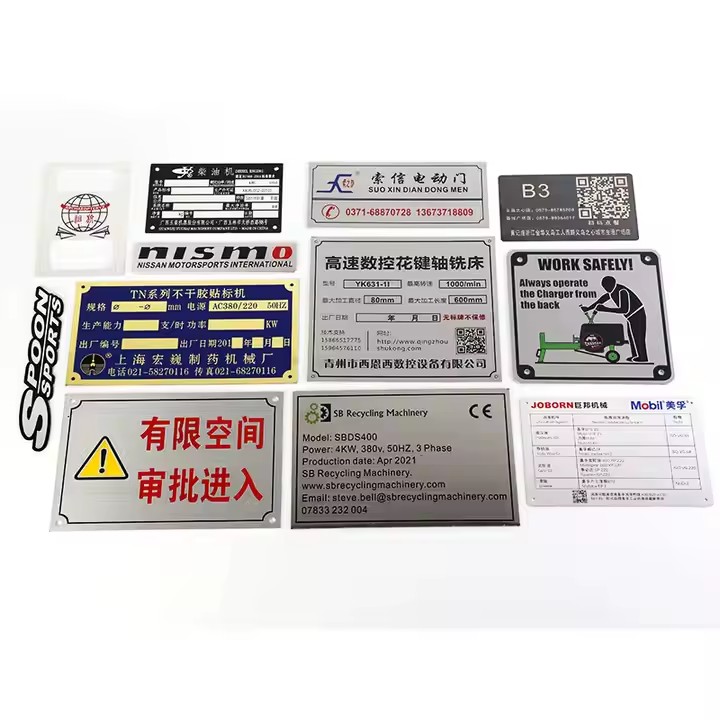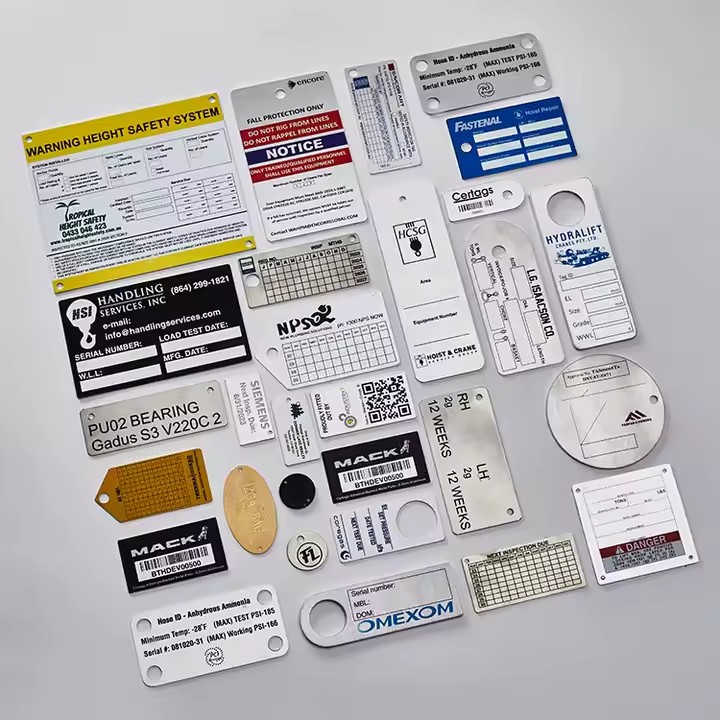Common Materials for Engraved Metal Labels and Their Performance Comparison
Choosing the right material for engraved metal labels is crucial to ensure durability, legibility, and suitability for specific applications. Different metals offer unique properties that make them ideal for various industrial, commercial, and decorative uses. In this article, we will explore the most commonly used materials for engraved metal labels and compare their performance characteristics.
1. Stainless Steel
Overview:
Stainless steel is a highly durable and corrosion-resistant alloy, often preferred for its strength and longevity.
Advantages:
-
Excellent resistance to corrosion, rust, and chemicals
-
High mechanical strength and durability
-
Suitable for harsh environments and outdoor use
-
Provides a sleek, professional finish
Typical Applications:
Used widely in industrial equipment tags, medical devices, aerospace, and automotive parts.
2. Aluminum
Overview:
Aluminum is lightweight, corrosion-resistant, and easily customizable, making it a versatile option for engraved labels.
Advantages:
-
Lightweight but strong
-
Naturally corrosion-resistant, especially when anodized
-
Good thermal and electrical conductivity
-
Cost-effective compared to stainless steel
Typical Applications:
Commonly used in electronics, machinery, appliances, and signage.
3. Brass
Overview:
Brass is an alloy of copper and zinc, known for its attractive golden color and good corrosion resistance.
Advantages:
-
Attractive aesthetic with a classic metallic gold appearance
-
Good corrosion resistance, especially in indoor environments
-
Easy to engrave with sharp and clear details
-
Excellent for decorative and branding purposes
Typical Applications:
Popular in nameplates, awards, decorative plaques, and architectural signage.
4. Anodized Aluminum
Overview:
Anodized aluminum is aluminum that has undergone an electrochemical process to create a protective oxide layer on its surface.
Advantages:
-
Enhanced corrosion and wear resistance
-
Available in a variety of colors
-
Surface hardness improves engraving quality and durability
-
Lightweight and cost-effective
Typical Applications:
Used in consumer electronics, industrial labels, and branding tags.
Performance Comparison Summary
| Material | Corrosion Resistance | Durability | Weight | Appearance | Cost | Typical Uses |
|---|---|---|---|---|---|---|
| Stainless Steel | Excellent | Very High | Heavy | Silver, professional | Higher | Industrial, medical, aerospace |
| Aluminum | Good | Medium | Light | Silver, versatile | Moderate | Electronics, machinery |
| Brass | Moderate | Medium | Medium | Gold, decorative | Moderate | Decorative, architectural |
| Anodized Aluminum | Very Good | Medium-High | Light | Colored options | Moderate | Consumer products, industrial |
Conclusion
Selecting the appropriate material for your engraved metal labels depends largely on your specific application requirements, budget, and desired aesthetic. Stainless steel offers unmatched durability for harsh conditions, while aluminum provides lightweight versatility. Brass delivers a premium decorative look, and anodized aluminum offers color customization with good protection.
Understanding these materials’ properties will help you make informed decisions and ensure your engraved metal labels perform effectively and last over time.







